Reportar esta entrada
Más sobre la misma comunidad-colección
El Paso Community College commencement
El Paso Community College graduates walk out of the Don Haskins ...
El Paso Community College ceremonia de graduación
El Paso Community College graduate waves at family and friends.
El Paso Community College ceremonia de graduación
El Paso Community College graduate shakes hands with EPCC board ...
Nueva era de Lucha-Presentado por Only In El Paso Serie 2 (Exclusivo en El Paso, Serie 2).
Seen any wrestling matches in the back alleys of El Paso lately? ...
Mural en el Fox Fine Arts Building en UTEP circa 1979-1980
Mural painted in the Fox Fine Arts Building at the University of ...
Bank of the West restaura el torneo de baloncesto festivo
2009: Bank of the West signs on as corporate title sponsor of ...
Cuerpo técnico de fútbol de UTEP 1967
Picture featured in the 1967 Southwestern Sun Carnival Program ...
Srta. Nancy Adrienne Gauvreau
Miss Nancy Adrienne Gauvreau, graduate of Burges High School, is ...
Aaron Jones y su padre Alvin Jones Sr.
Aaron Jones (right) and his father Alvin Jones Sr. (left) ...
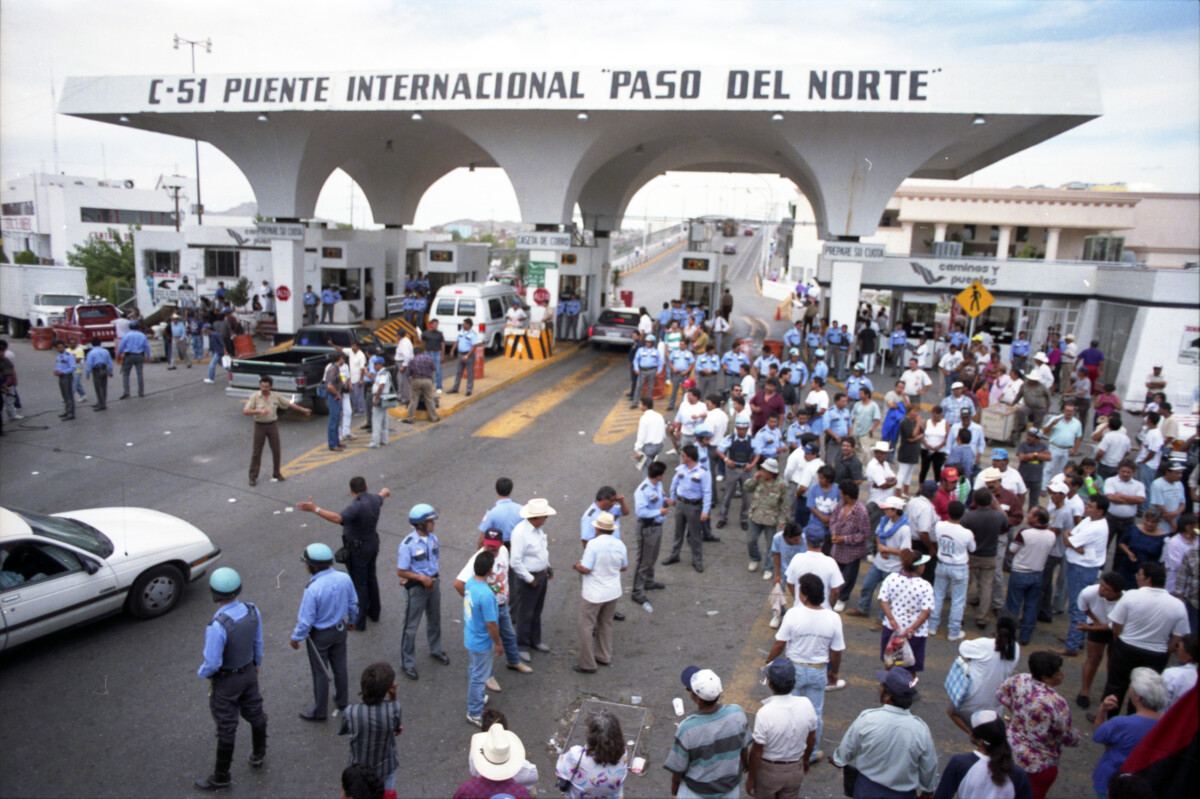
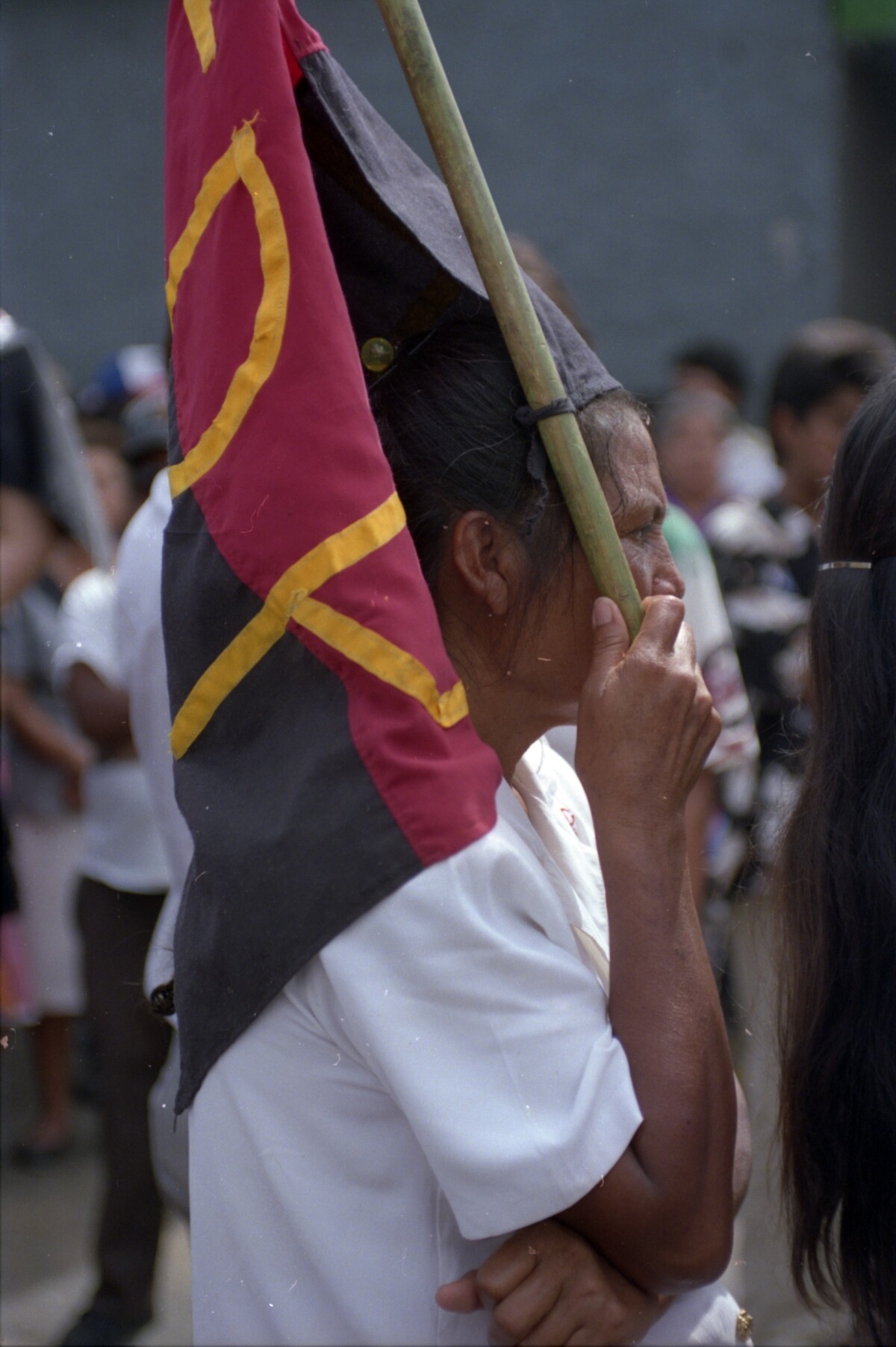

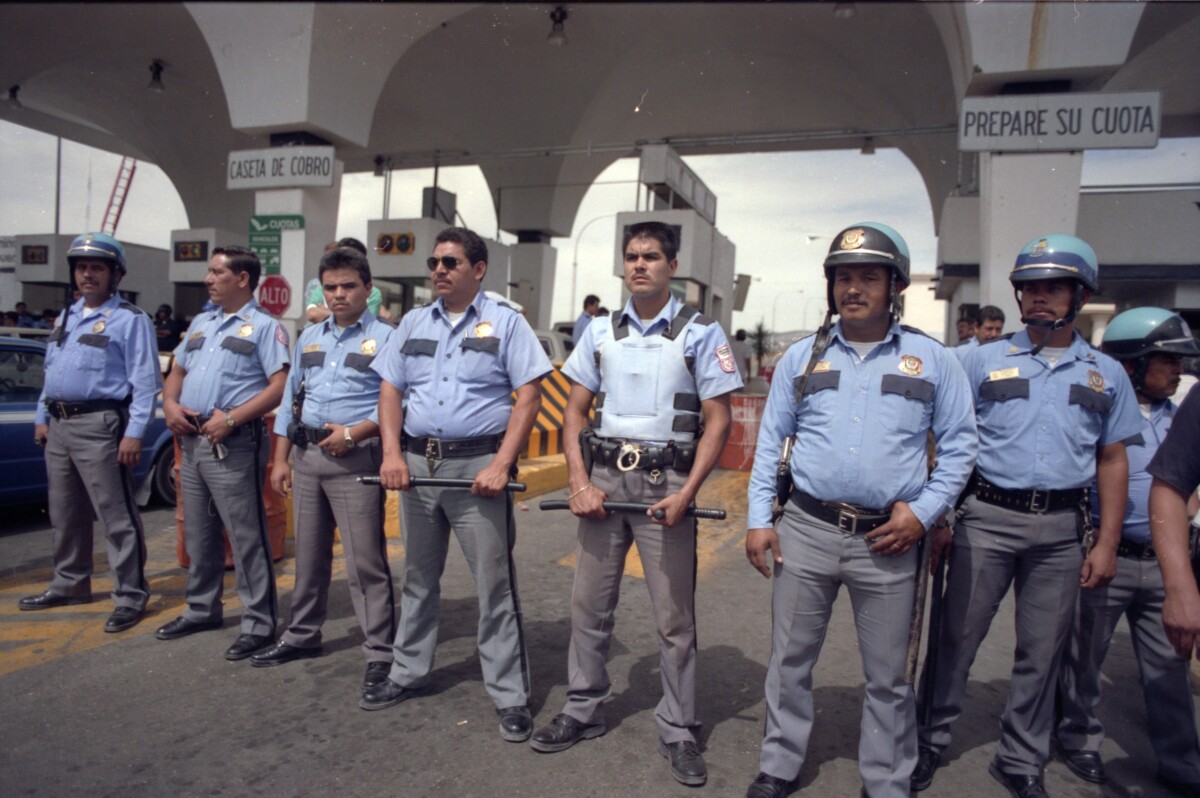
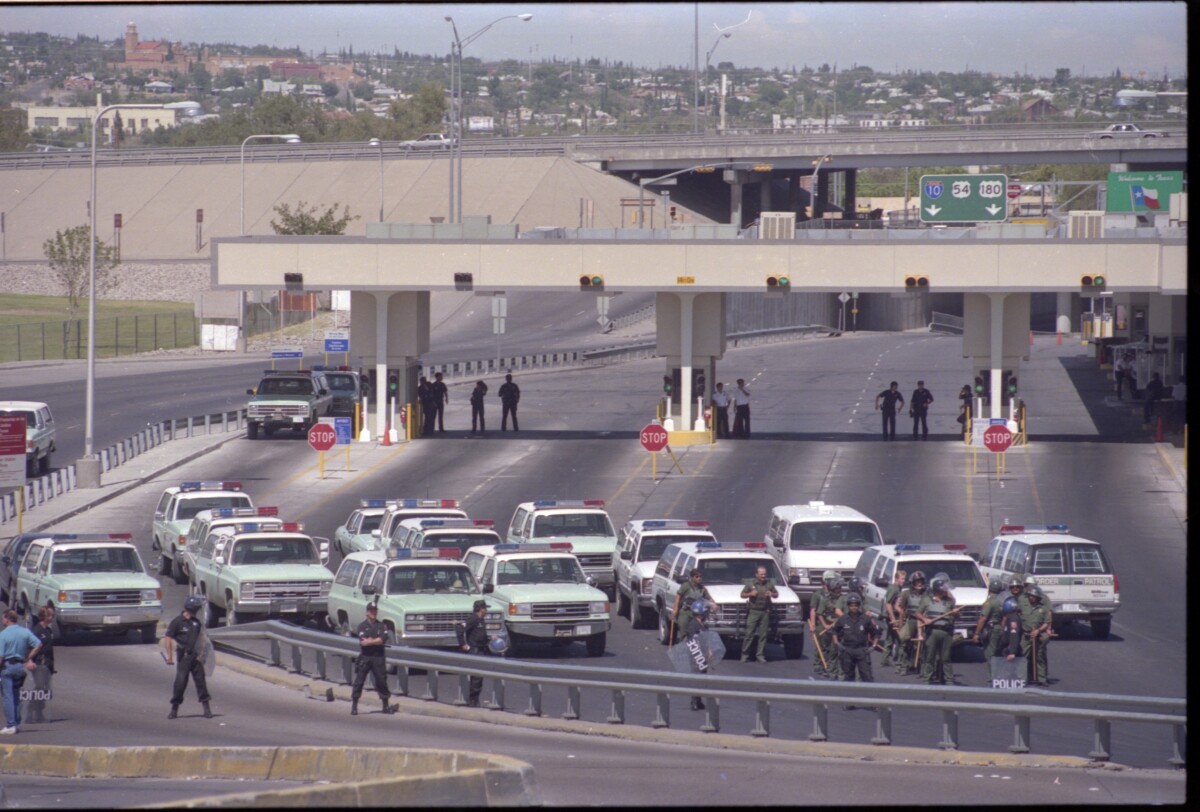

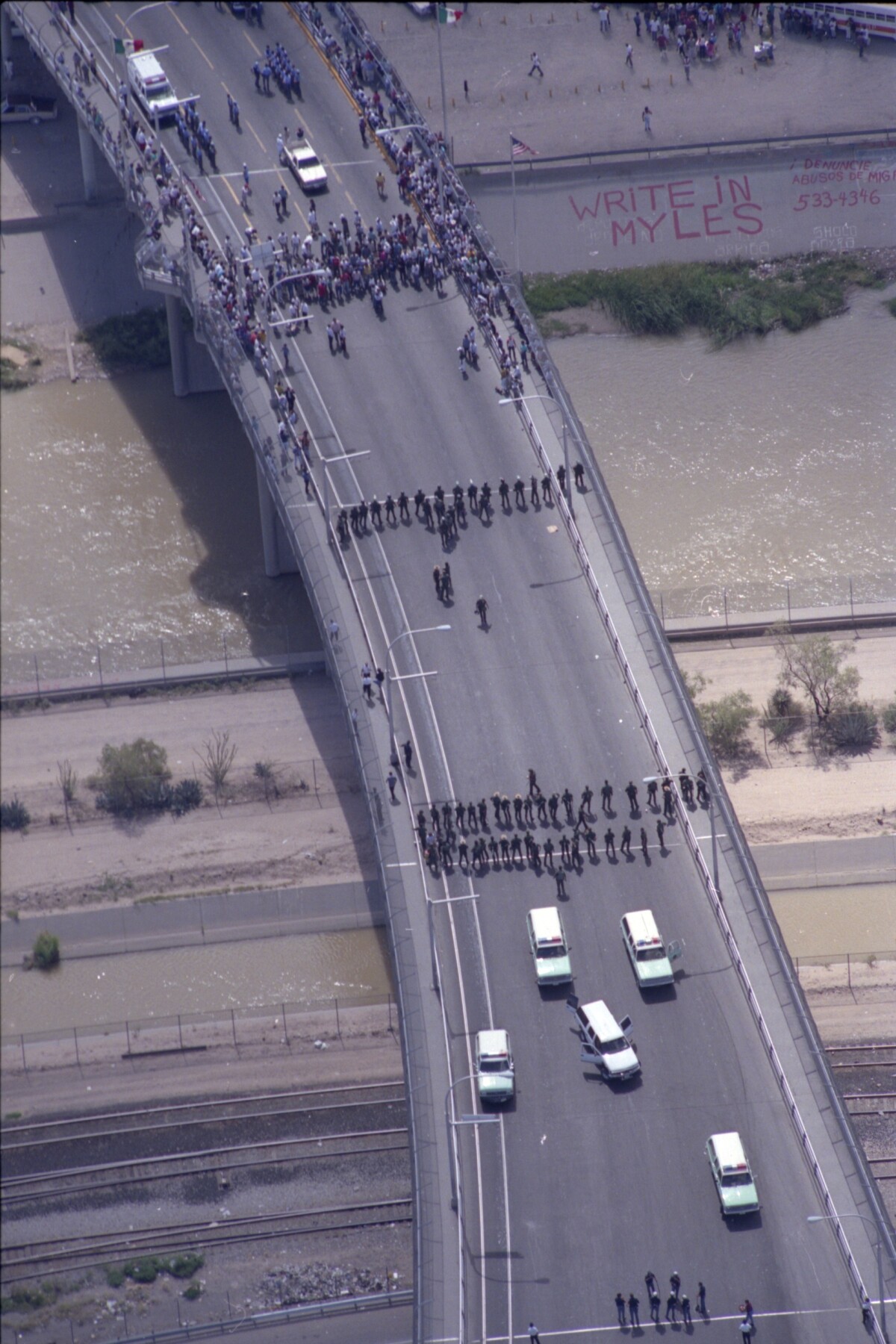







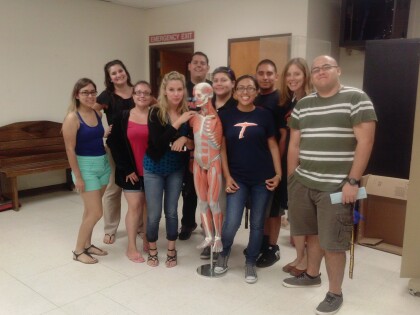

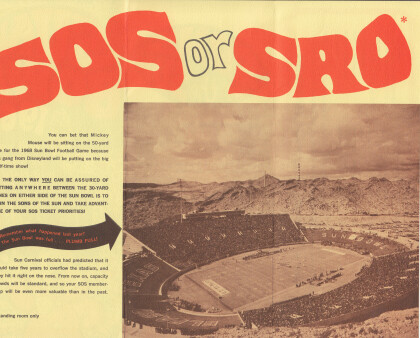


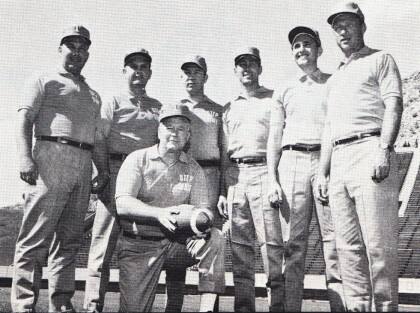
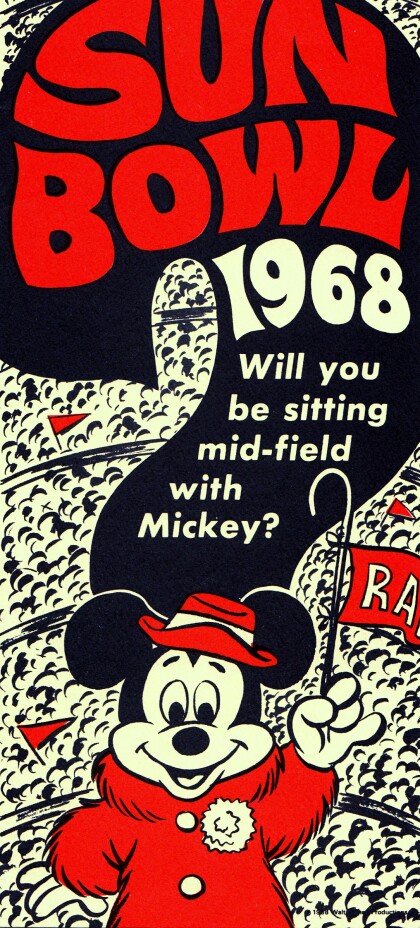



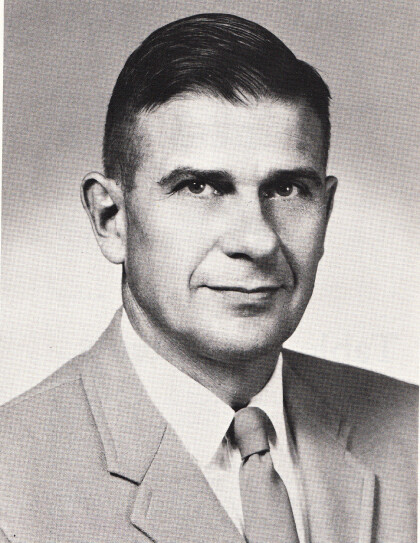





Comentarios
Hacer un comentario